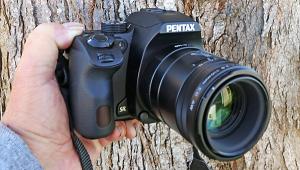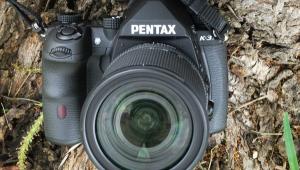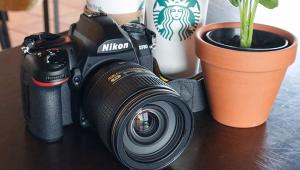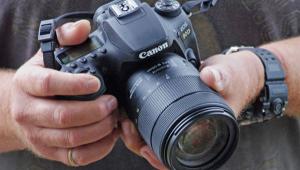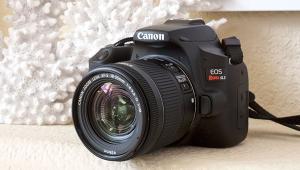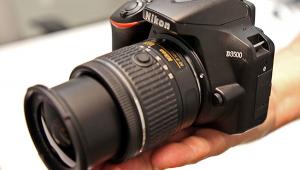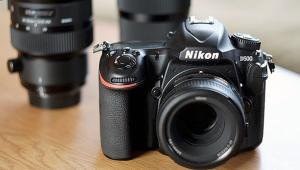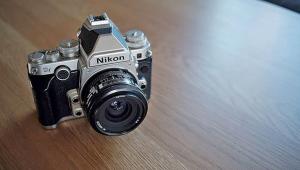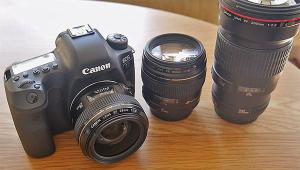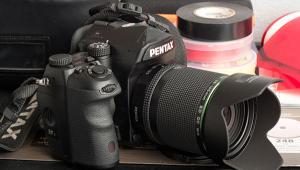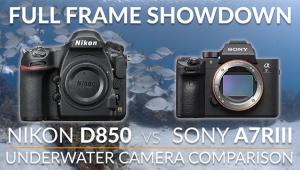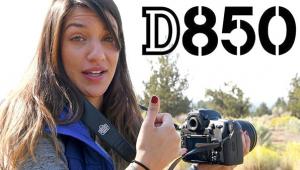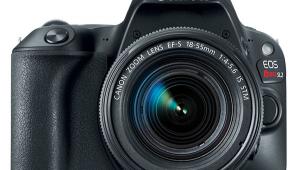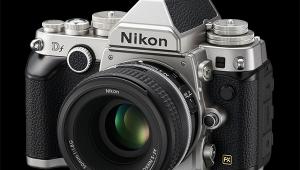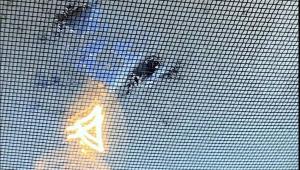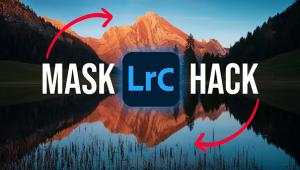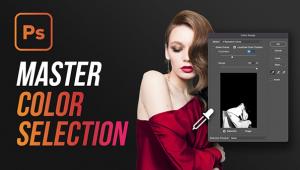I am sure there are a lot of questions that is going to be thrown in the discussion. From this kind of forum, who knows, we might find some innovation from it. - Steven C. Wyer
Canon’s EOS Rebel T1i; 15.1 Megapixels & HD Video In A Rebel Page 2
The T1i offers raw shooting and raw+(Large) JPEG options, as well as three JPEG sizes and three compression ratios of those sizes. Canon still supplies their raw reading and processing program with the camera at no extra charge. The raw files are 14-bit and open at about 43MB in 8-bit (stored files at about 17MB; at 16-bit when run through ACR and opened, 86MB!), while the Large JPEGs open at the same size but store at about 5MB.
|
ISO References
|
|||
|
I am becoming convinced that ISO 800 is the new “street speed” for Canon, and to check it out I photographed the same scene with various settings. The scene was shot in shade but on a sunny day, so there was a good deal of reflective fill. While 3200 is a lot to ask, makers are expanding the ISO quality range every year.
|
|||
 |
|||
|
|||
 |
 |
||
|
|
||
 |
 |
||
|
|
||
There are numerous color controls, including those in Picture Styles (and their parameters), color space selection, white balance (via a handy toggle control), and white balance bracketing and shift. Likewise, there are numerous exposure control options, including a very handy exposure compensation button and control, the ability to change ISO via a push button and dial turn, and autoexposure bracketing. You can also assign various functions to the set button, something I quickly used to handle and open flash exposure compensation control, which is otherwise buried in the menu. I find that I use that function a lot when using the small built-in flash and would have preferred the usual course of having that button on the body. Thankfully the Rebel has a depth of field preview button, something not always available in this class of camera, and this function works in Live View mode, a great boon for macro shooters.
The setup of the pertinent information in the big, bright finder is just right for letting you know the settings and pointing out what you might need to change, and once you get the hang of how to change it, the camera is most responsive in the field. You can change around focusing points with ease using the focus point push button and command dial, and adapt to just about any situation using one of the three Focusing modes (one shot, AI, and AI Servo). I found the screen readable in a wide variety of lighting conditions, and when it was quite bright out, it is an easy matter to up the LCD brightness to compensate.
|
Responsiveness
|
|
 |
|
|
The Rebel T1i does allow for ISO settings to 3200, and you can double that and double it again by working with the menu, but frankly I test at a maximum of 3200 using noise reduction filtration on and off to see what the camera might be capable of at even that high a sensitivity. You can set Auto ISO, which means the camera defaults to ISO 400 in Manual Exposure mode and between 100-1600 in others, depending on the light level. This is a good backup if you are moving between high and low light levels, but like most Program modes it will default to bring you the fastest shutter speed it considers necessary given the aperture (and focal length) you have set.
As I shoot raw (and here raw+Large is the only dual format option) I do not play much with nuancing the Picture Styles, as I can do all that later, but for those who like to shoot JPEG only you can play with what are called Parameters and customize the look of images as they come out of the camera. You can also choose Adobe RGB or sRGB color space and customize white balance with ease.
In The Field
My tests were composed of working in various light levels, seeing how quickly the camera allowed me to make adjustments in the field and how the various ISO levels performed. Canon supplied an EF 18-55mm f/3.5-5.6 IS lens with the camera and that’s what I stuck with. Of course the camera takes any EF or EF-S lenses and most if not all of Canon’s accessories. I also shot a few videos, but as I’ve said before that’s not my thing and I was completely satisfied with results and ease of recording and playback, although I am not convinced that holding a D-SLR at arm’s length is the best steadiness provider and may be the Achilles heel of this whole trend, at least for those not using accessory-steadying devices.
|
Low-Light High ISO
|
|
| The street scene in the speed tests had a lot of fill light, so I wanted to see how the camera performed at a high ISO setting in much dimmer and mostly artificial light. The results show improvement over the past but that there is still a way to go with fast speed/dim light image quality in this size sensor. | |
 |
|
 |
|
|
In all, the Canon Rebel T1i performed admirably in that it delivered very good images, at least with the lens provided; I suspect the images would be even better with more than a kit lens. The file sizes were very large for a camera in this class—86MB when opened at 16-bit (via the raw route) and 43MB at 8-bit, JPEG or raw after mode conversion. Is this, I wonder, asking too much of the novice who might be tempted by the Rebel name and features? Perhaps, but keeping in mind that even smaller-sensor digicams are now flirting with this size output, I guess not, but demands on processing power and storage space are sure to be greater than ever before. It seems that digicam and D-SLR makers might just keep upping the ante.
The weight and size of the camera make for a nice traveling companion, and the images are certainly sharp enough. The DIGIC 4 processor seems to do yeoman duty on many levels, and noise at ISO 800 and below is very good. Even at ISO 3200 you can make images in dim light that will be quite usable. Indeed, I would not hesitate to use this camera as a “street shooter” at ISO 800. And having as large a file size as the T1i provides means you can crop fairly extensively and still have enough for an 11x14” print for images shot in that now magical ISO 100-800 range.
True, the price tag is a bit higher than recent Rebel models, but if going to a higher megapixel count and especially having HD video is what you had in mind, the Rebel T1i will fill the bill. Then again, the price tag is lower than some advanced amateur models we’ve seen of late, and the features and output of the Rebel T1i could be seen as competing in that arena as well.
For more information, contact Canon U.S.A., Inc. at: www.usa.canon.com.
- Log in or register to post comments


